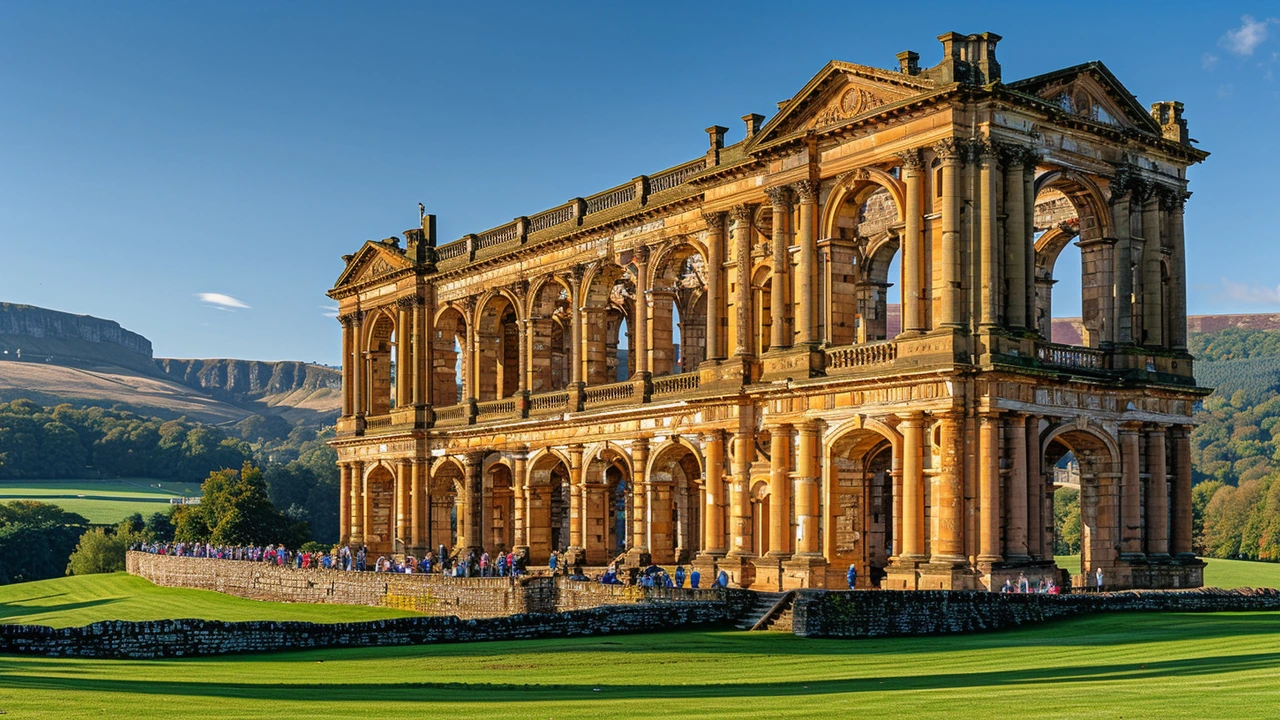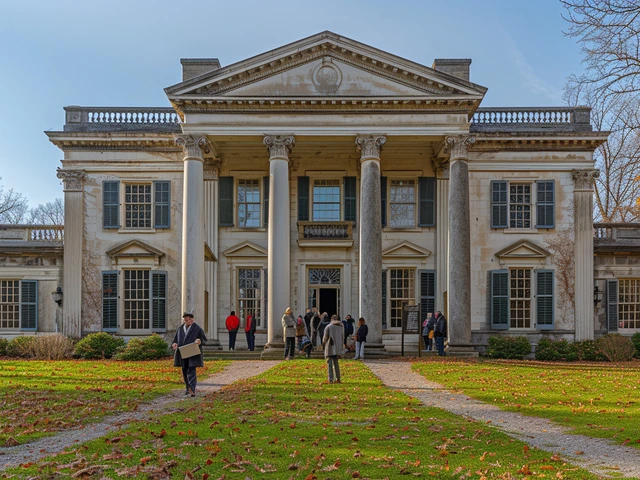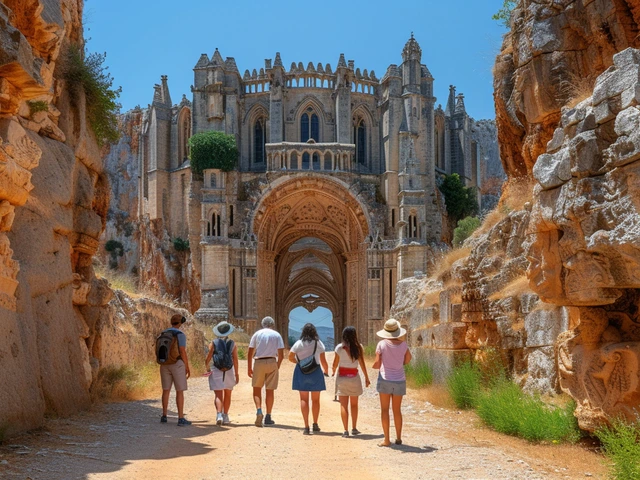The Genesis of Romanesque Architecture
When we dive into the realm of Romanesque architecture, we're stepping back into a world where the boundaries of art and architecture blur, creating spaces that are as breathtaking as they are spiritual. Originating in the 11th century, this style emerged across Europe, intertwining with the very fabric of medieval society. It's a style that speaks volumes about the times it thrived in, marked by a resurgence in building activity following centuries of turmoil and stagnation. The name 'Romanesque' itself gives us a clue about what to expect - an architecture inspired by Roman principles but reinterpreted with a medieval flair.
This era was one of consolidation and expansion, not just of territories, but of ideas and artistic expressions. Churches, abbeys, and cathedrals became the canvas for this new architectural language. They rose as towering symbols of faith and power, reflecting the burgeoning influence of the Church and the wealth of its patrons. What set Romanesque architecture apart was not just its grandiosity but the innovative use of stone vaulting, rounded arches, and thick walls, which allowed buildings to reach new heights both literally and metaphorically.
Key Features of Romanesque Architecture
The distinctiveness of Romanesque architecture is evident in its features - each element tells a story of technological advances and artistic aspiration. Rounded arches are perhaps the most recognizable trait, inspired by ancient Roman architecture. They grace doorways, windows, and arcades, serving not only as a stylistic hallmark but also as a structurally sound element enabling the construction of massive stone buildings. Equally significant are the barrel vaults, which transformed ceilings from flat wooden structures to impressive curved stone, adding grandeur and stability.
But Romanesque architecture is more than a collection of architectural elements. It's an embodiment of a broader cultural and spiritual revival. The facades are often adorned with detailed carvings and sculptures, narrating biblical tales and moral lessons to an illiterate populace. Iconography played a crucial role, with symbolic imagery serving both educational and decorative purposes. The interplay of light and shadow through the use of small, strategically placed windows created an atmosphere of mystical illumination, further enhancing the spiritual experience of the sacred spaces.
The Evolution and Spread of Romanesque Architecture
From its roots in the 11th century, Romanesque architecture evolved and adapted, spreading across Europe like a cultural tide. Each region infused its own flavor into the style, creating a diversity within unity. In Italy, the emphasis was on classical harmony and proportion, while in Germany, massive towers and intricate stone carvings became the focal points. France saw the emergence of Gothic architecture from the womb of the Romanesque, signalling a shift towards sky-piercing structures and an even greater use of light.
This evolution wasn't merely aesthetic; it reflected deeper shifts in society, technology, and theology. The Crusades, for instance, opened new trade routes and brought about a wealth of knowledge and materials, which in turn influenced the construction techniques and artistic expressions of the time. The rise of monastic orders like the Benedictines played a pivotal role in the proliferation of Romanesque architecture, as they erected monumental abbeys that served as spiritual, social, and economic hubs.
Iconic Examples of Romanesque Architecture
No exploration of Romanesque architecture would be complete without visiting its most emblematic manifestations. The Abbey Church of Sainte-Foy in France stands as a testament to the spiritual and architectural aspirations of the era, renowned for its tympanum depicting the Last Judgement. The Speyer Cathedral in Germany, with its imposing presence and innovative use of vaults, marks an important evolution in architectural thinking. And let's not forget the Durham Cathedral in England, where Ribbed vaulting made its grand debut, hinting at the gothic splendours to come.
These structures are not just stone and mortar; they are narratives in themselves, each contributing to the rich tapestry of Romanesque architecture. They tell us stories of faith, power, and artistic ingenuity, serving as a bridge between the past and the present. As we meander through these ancient spaces, we're reminded of the enduring legacy of Romanesque architecture - its ability to inspire awe, devotion, and a deeper appreciation for the interconnectedness of art, history, and humanity.





Leave a Comments